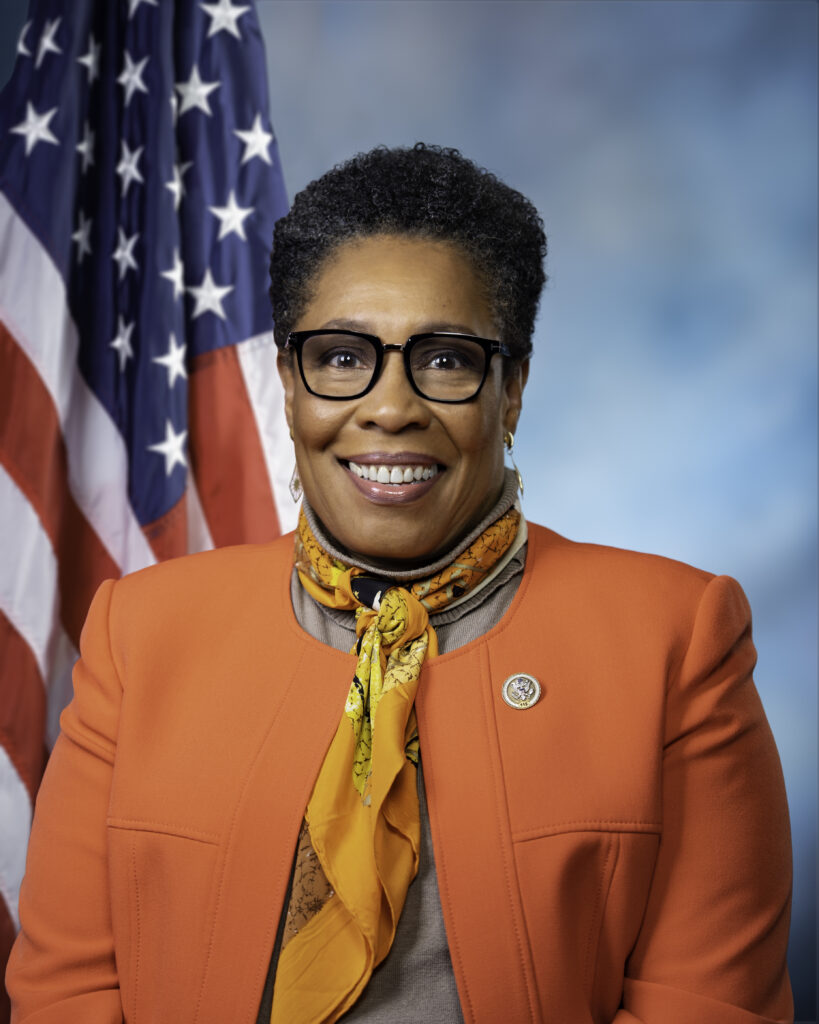Now that we’ve all opened presents and sang our renditions of “Auld Lang Syne,” it’s time to get back to work.
The reverse mortgage industry is on the cusp of another eventful year in 2021 because of a lot of different components including changes to the Home Equity Conversion Mortgage (HECM) lending limit, a new incoming presidential administration and the ongoing difficulties of the COVID-19 coronavirus pandemic.
With so much internal and external change on the horizon while many issues surrounding American retirement remaining unresolved, the reverse mortgage industry will likely continue to be the subject of greater attention from American retirees who are looking for ways they can improve their financial standing in later life.
To that end, RMD has identified four reverse mortgage trends that the industry should be looking out for as we prepare to welcome a whole new year of business.
Changing priorities at FHA, HUD and CFPB
In December, President-elect of the United States Joe Biden named Ohio Congresswoman Marcia L. Fudge as his nominee to become the next Secretary of the U.S. Department of Housing and Urban Development, and the nominee-designate has openly criticized the handling of the Department under Trump-era Secretary Dr. Ben Carson.

With new leadership will also come new appointees in functionary roles including Deputy Secretary, Federal Housing Administration (FHA) Commissioner, and Deputy Assistant Secretary for Single Family Housing. These higher-up changes will naturally lead those in the Department to look a little differently at the Home Equity Conversion Mortgage (HECM) program, which — though improved — maintained a negative capital ratio in the Mutual Mortgage Insurance (MMI) Fund last year.
On top of new officials in housing will also come the likelihood of new leadership at the Consumer Financial Protection Bureau (CFPB), the agency charged with regulatory authority over the reverse mortgage industry at the national level. The Trump Administration sought, and incumbent CFPB Director Kathleen Kraninger endorsed additional executive authority over the Bureau’s director, allowing him or her to be fired at-will by the president. The Supreme Court decided in favor of that perspective last year and because of that, Kraninger — and her softer approach to using the Bureau’s enforcement authority — will likely be dismissed so that the president-elect can install a replacement.
All of these components encompassing the government’s imminent changing of the guard could have implications for the reverse mortgage industry, but of course much of what determines the course in Washington is the priorities of the time. The government absolutely has other, more pressing concerns, likely delaying any substantive transformation in HECM policy into the future. Still, the potential for it certainly exists.
Higher loan limits vs. private reverse mortgages
The proprietary reverse mortgage market that exists today operates off of the notion that someone with a higher home value can find a way to tap into their home equity without having to leave a significant amount of cash on the table, so to speak. However, with a new HECM lending limit of $822,375 now in effect as of January 1, the potential exists for new, 2021 HECM loans to chip into proprietary product volume at least in the short-term.
This was the perspective shared with RMD by two reverse mortgage industry leaders at the end of 2020. Reza Jahangiri, CEO and founder of American Advisors Group (AAG), shared in an episode of the RMD Podcast that while it’s likely that HECM will eat into proprietary volume in the early going of the year, proprietary products will continue to help normalize the perspectives of financial planners on reverse mortgages.

“[T]he inflection point for where proprietary makes sense for consumers, from a proceed standpoint, that threshold goes up,” Jahangiri said. “I do think there’s an adjacent point here: there’s a pretty large opportunity that we have not figured out how to really capitalize on in the market. And it’s an important one, and that’s RIA’s and financial planners.”
The increase in the lending limit is good for the consumer, but a healthy proprietary market is important for the future of the reverse mortgage industry since the HECM program is prone to so many external changes. This is according to Kristen Sieffert, president of Finance of America Reverse (FAR).
“[W]e don’t know what’s going to happen in the HECM industry over time, and we have very little control over it within our own businesses,” she explained in a December webinar hosted by RMD. “And so, to be able to have products that we can have control over, that we know that we can create our own success on and that we can rebuild the industry around if necessary, it’s just really important that we continue to improve those products and consistency of deals. [The] increase of investor demand is really helpful in that effort.”
Aiming for the SOFR index
One of the more eventful occurrences for the reverse mortgage industry at the end of 2020 was the abrupt announcement by the Government National Mortgage Association (GNMA, or “Ginnie Mae”) that it would impose new restrictions on the eligibility of HECM-backed Securities (HMBS) for adjustable rate loans operating off of the London Interbank Offered Rate (LIBOR) index, effective for all HMBS issuances dated on or after January 1, 2021, nearly a year ahead of the planned sunset of the index.
Ginnie Mae later walked back this new restriction somewhat, pushing the date back to March 1, 2021. In the intervening time between the initial announcement and the delay, however, the industry had largely adopted the former benchmark, the Constant Maturity Treasury (CMT) index. The adoption of CMT has been seen by industry analysts and observers as something of a stop gap measure, designed to bring the industry into compliance with the impending sunset of the LIBOR index while hopefully pushing forward to the adoption of the industry’s clear preference, the Secured Overnight Financing Rate (SOFR) index.
Since SOFR is far more widely utilized in other finance industries, the adoption of that index is seen as a necessary step to make reverse mortgage products more mainstream in the realm of financial services.
“We believe that moving to a niche index [like the CMT] for a niche product is the opposite direction [we want to be moving in] that we all are attempting to avoid,” said Michael McCully, partner at New View Advisors at a virtual industry conference in November. “We’re really working very hard to make our industry [the providers of] a more mainstream financial solution, and we don’t believe that remaining with CMT, for the long term, will have that intended effect.”
Incorporation of more technology
For a long time, the reverse mortgage industry has been relatively stagnant on the front of further incorporating new technologies into the way it interacts with borrowers and actually accomplishes much of the administrative components of loan closings. This is especially true in looking at ways in which the forward mortgage industry has adopted new technological components in recent years.
For many within the reverse industry, cracking the proverbial “code” on incorporating more technology into the reverse mortgage process is key to expanding the proverbial “umbrella” that the industry serves.
“If you want people out there that are talking to consumers every day […] you’ve got to be able to make it easy for them to share the details of our product,” Sieffert said in December. “[T]hat adoption is really being hindered by the technology challenges. There needs to be a point of sale platform that brings all of the products into one place.”
The ability of a reverse mortgage loan officer to offer different options indiscriminately between forward and reverse would be beneficial for both the reverse mortgage industry and the borrower, she said.
“One of the biggest areas of opportunity that we see is trying to figure out an elegant and easy [technology] solution,” she said.
Other lenders, including Liberty Reverse Mortgage, Fairway Independent Mortgage Corporation and Longbridge Financial have all stated their desire to implement more technology into their processes in 2021, so the incorporation of such processes will be something to look out for in the new year.





